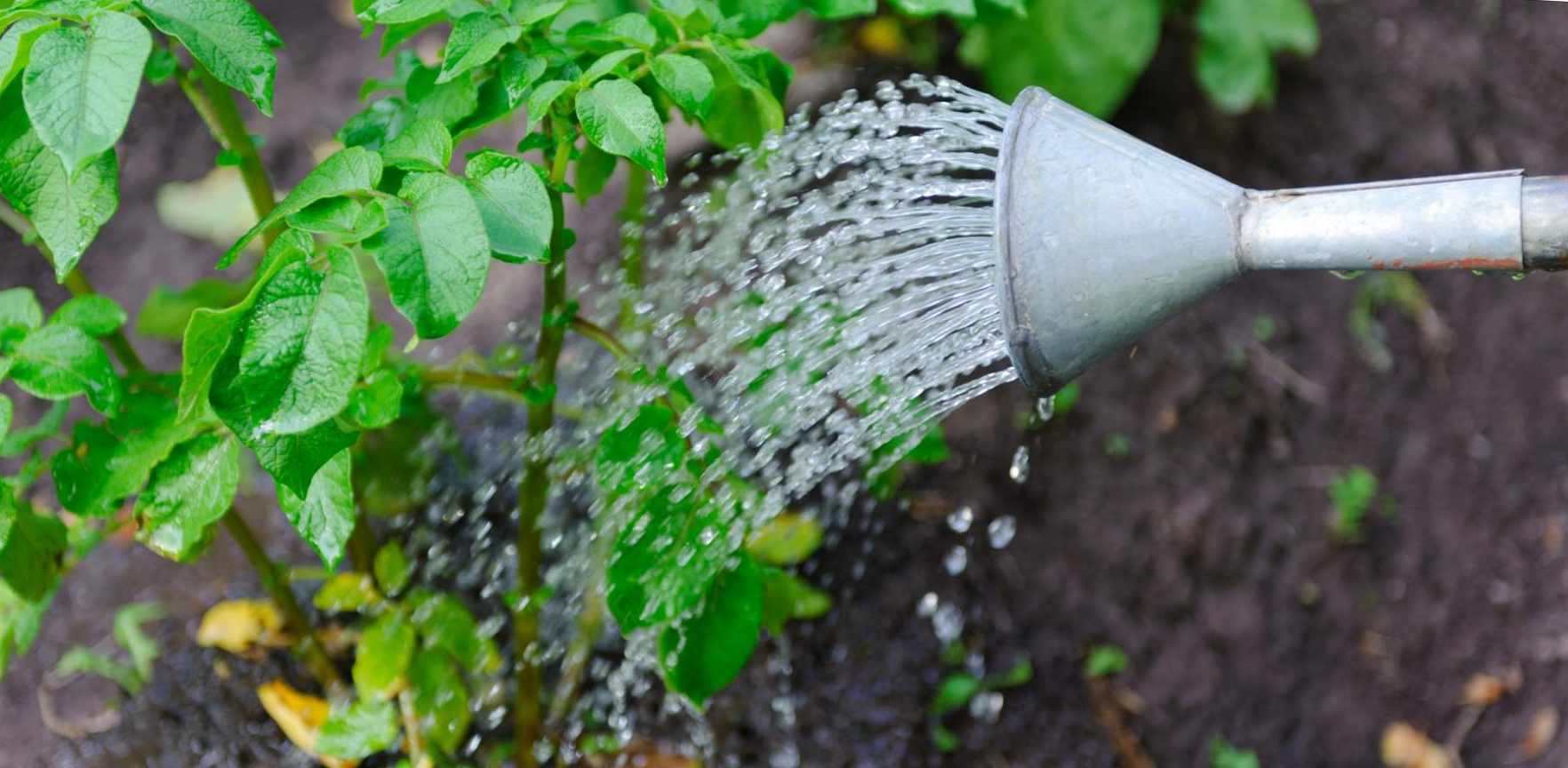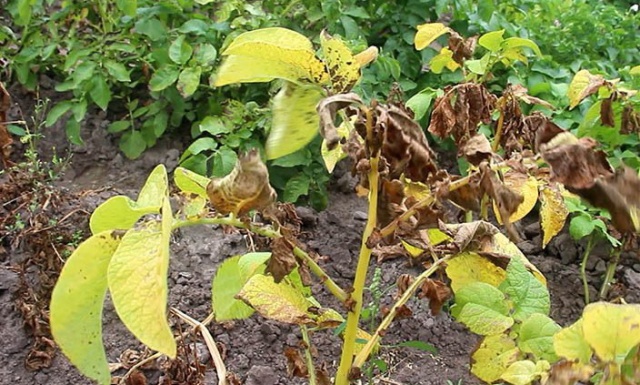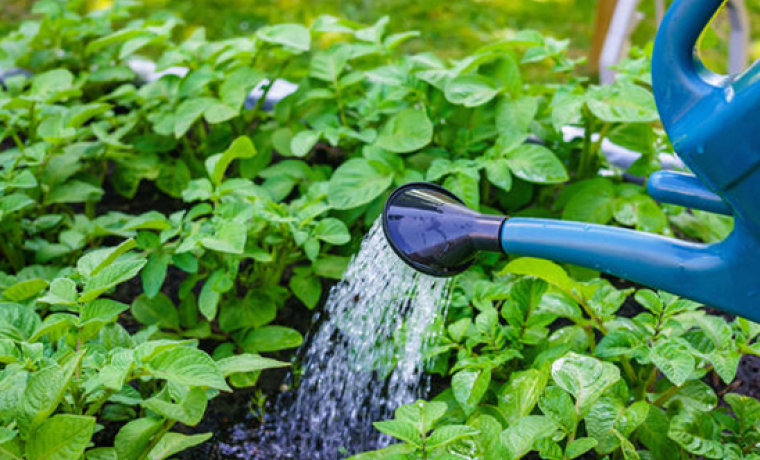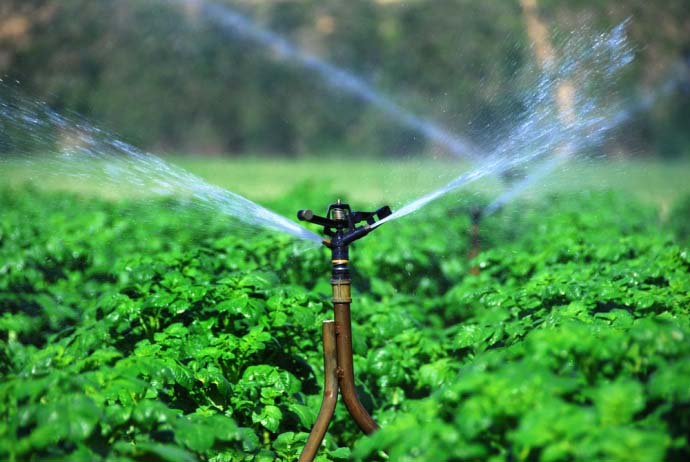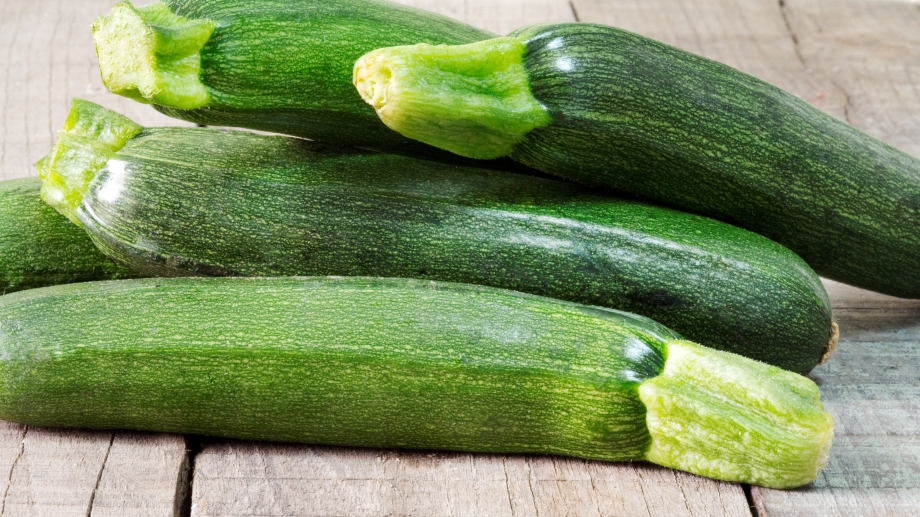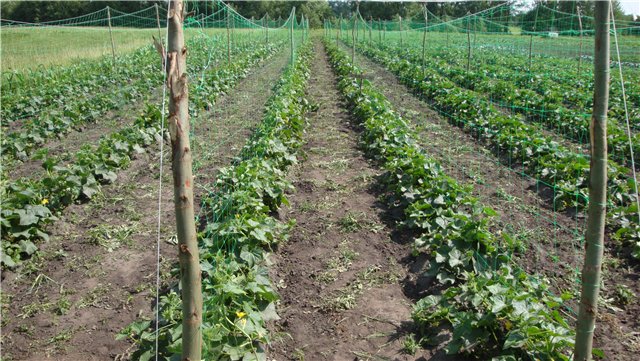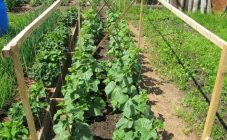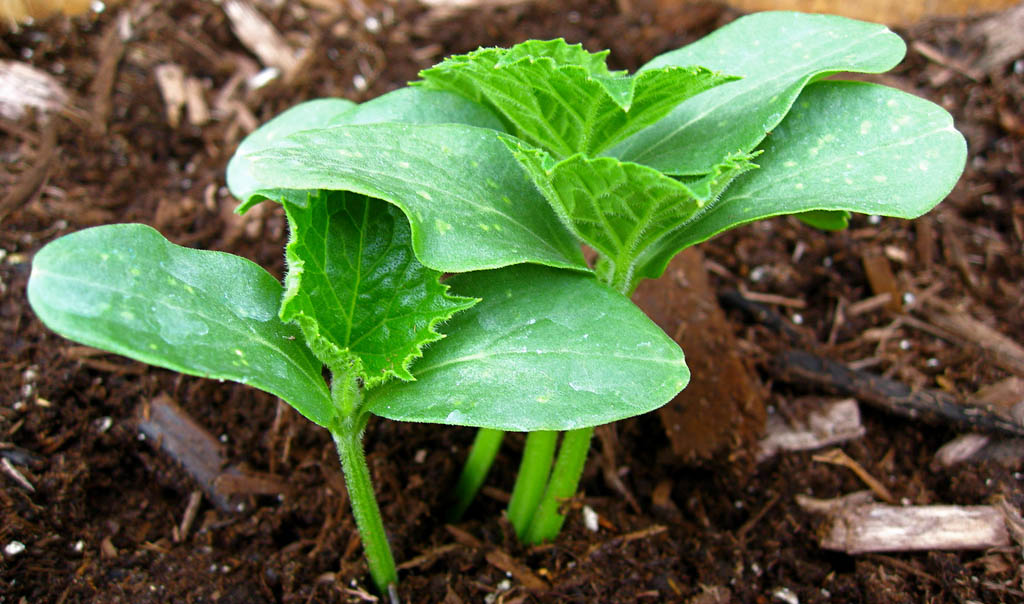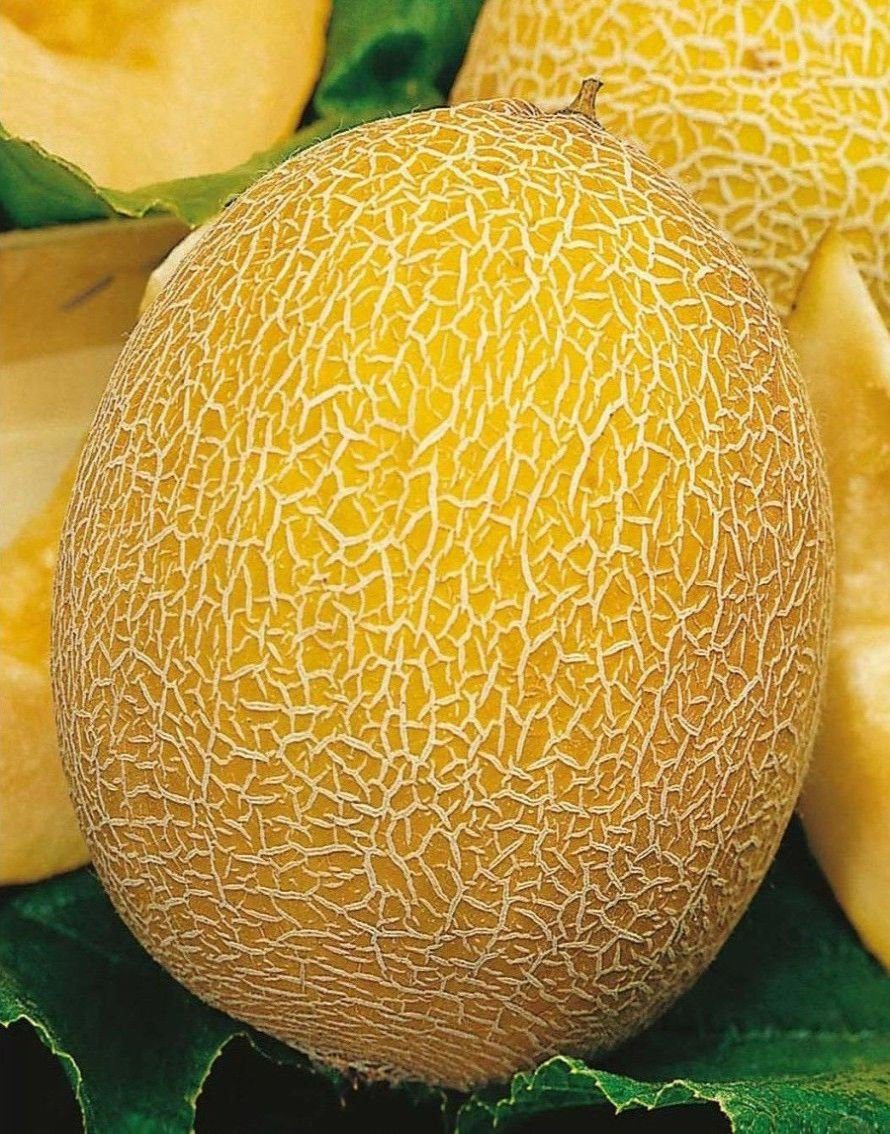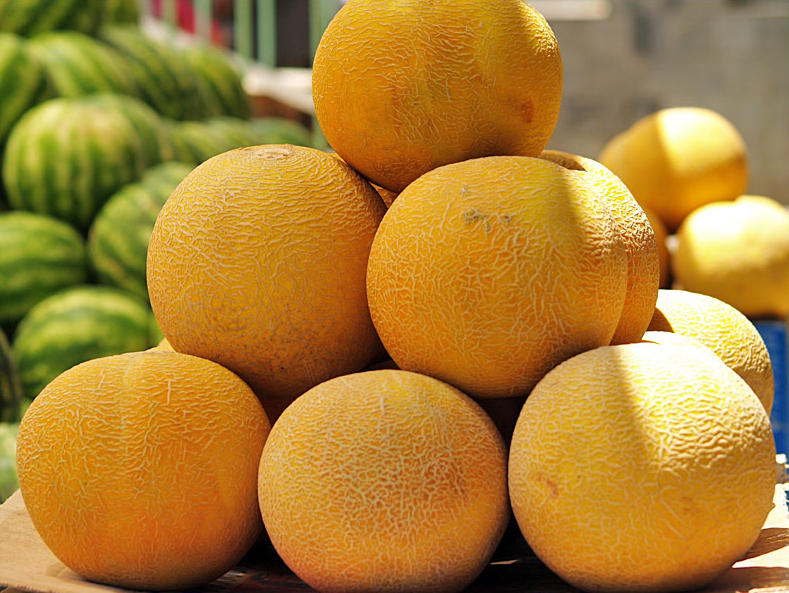Potatoes form the basis of the diet of a large number of people around the world. In addition, it is irreplaceable as feed for livestock, raw materials for the chemical and textile industries. Both large enterprises and summer residents are engaged in potato cultivation on their plots. Regardless of the planting volume, it is important to know the basics of cultivation and crop care in order to get a good harvest. Timely, adequate watering of potatoes plays an important role in the growing process. The root system of potatoes is not strong enough, while it plays an important role as a conductor of nutrients to the tubers. Therefore, it is important to ensure proper watering, as this has a direct impact on the number and volume of formed potatoes.
About watering potatoes
When organizing irrigation, first of all, you need to pay attention to the condition of the soil and the amount of precipitation. On heavy waterlogged soils, additional watering will be disastrous. In this case, the soil must be loosened and weeds removed as often as possible. These measures allow the soil to dry out and allow the roots to be saturated with oxygen. In all other cases, watering is necessary.
Watering potatoes in the open field is especially important in the phase of active growth of tops and flowering, since care during these periods directly affects the number of tubers formed. The rest of the time before harvesting, watering is also important, since the size of the tubers depends on the condition of the soil in which they were.
Planting potatoes traditionally begins in the spring, when the soil warms up to 12 ° C.
A small amount of water should slightly moisten the topsoil. Then you need to wait a little until the water is completely absorbed and re-water until the soil is evenly deeply moistened. On average, one bush requires about 5 liters of water, in hot weather the liquid evaporates very quickly, so the volume of the liquid needs to be doubled. After the first watering, the frequency of the procedure is 1 time in 1.5 weeks and continues until the beginning of bud formation.
Agronomists have found that it is possible to lose a third of the crop by neglecting watering during the growing season. Frequent watering is also not the norm.
It is possible to determine the need for irrigation in a practical way. The hand should be completely immersed in the soil, if it feels dry throughout the entire interval, then watering is necessary.
As soon as the mass flowering begins, the period between waterings is reduced to 3 days, and the amount of water applied under each bush increases to 20 liters. This is the right volume for high-quality deep soil moisture.
The last important stage - increasing the mass of tubers, begins in the second decade of August. Watering at this time is extremely important, the final harvest will completely depend on the moisture content of the soil.
At the time of the wilting of the tops, watering is again reduced to 3 liters with a frequency of 1 time in 1.5 weeks.2 weeks before harvesting, watering is completely stopped, the tops should completely dry out during this time, this is a signal that the potatoes are ready for harvest.
Basic watering methods
- Dry watering. This is actually a method of cultivating the soil. No water is used. This is loosening and hilling the earth in order to maintain natural moisture and improve air exchange. The procedure is carried out after the first watering, then repeated three times until the beginning of active flowering. In the phase of active growth of tubers, loosening is possible, but carefully along the aisles so as not to damage the crop. Along with dry irrigation, mulching is often carried out. The combination of these methods allows you to preserve moisture as much as possible, and the gradual decomposition of the mulch additionally serves as a fertilizer;
- Watering by hand using a watering can, hose or buckets. The hose is a priority tool, since it does not require much labor, and water is distributed to any corner of the site due to a change in pressure. To obtain high-quality uniform irrigation, to avoid flooding of individual areas, it is recommended to purchase a spray nozzle for a hose. Watering rules in this case are simple:
- the site must be conditionally divided into zones;
- start watering from one zone and continue until the top layer is completely irrigated;
- go to another zone, in turn go through all the selected zones;
- during the passage of the entire section, the ground in the first zone will be completely saturated with moisture, you can return to it and water it again until it is deeply moistened, and do the same with the rest of the zones.
Using watering cans and buckets is the most popular way. The disadvantages of this method are obvious - you need to carry water to the site on your own, which takes a lot of time and effort. The second disadvantage is the difficulty of carrying water in portions in the case of bucket watering. Most often, watering is spontaneous and excessive. A watering can in this case is preferable, since it has a spray on the spout.
- Mechanical methods:
- Drip irrigation is a budgetary way to organize irrigation. It is necessary to install a barrel, cube or other container of 200 liters on a small elevation (more). In a plumbing store, you need to purchase a valve, a plug, a rubber seal, a hose (the length depends on the area of the site) and an iron pipe. The pipe should be laid perpendicular to the furrows, the hose should be laid out in the furrows, the barrel should be placed on an elevation. This structure must be connected with fittings, taps with a valve must be installed in the right places. Thus, by opening the valves, water from the barrel will flow through the pipe into the hoses, watering occurs automatically. The water pressure is regulated by the height of the reservoir;
- Sprinkling. This method consists in installing special sprinklers that automatically spray water around the entire perimeter of the site. These devices are placed above the soil surface. The nuance of using such an installation is that at the initial stage it is necessary to adjust the size of the sprayed drops, since too large drops compact the top layer of the earth. Also, such an installation is not recommended for use during the period of active flowering, as they wash off pollen from flowers.
How to water potatoes for a good harvest:
- During periods of drought or in areas with a hot climate, as well as in windy weather, watering should be constantly abundant at intervals of 5 days;
- In a zone with a temperate climate, irrigation is optimal once every 1.5-2 weeks;
- Watering is strictly prohibited on heavy soils or in rainy summers.
How to tell if watering is good
Watering plays a primary role in the formation of a quality crop. However, excess moisture is destructive. First of all, you need to monitor the appearance of the tops. If the leaves drop and become pale, the buds do not begin to bloom on time, and the stems begin to dry - these are the first signs of a lack of moisture. The following signals indicate an excess of moisture: the crop is rotting, a fungus develops on the tops, drooping watery leaves, and wet spots on the stem. If these symptoms are found, measures must be taken immediately, otherwise the tubers are crushed, and if rotting, the crop can be completely lost.
Watering potatoes is an important agricultural technique. Success in growing this crop directly depends on careful care. You should always remember that moderation is the main principle of any care. Potatoes need as much water as they are ready to take for normal growth. No need to over-water the potatoes "in reserve". The soil must be kept moist, then the potatoes will delight with a rich harvest.
